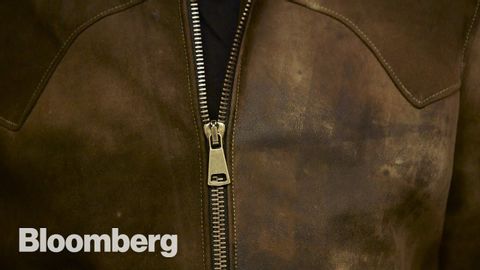一件五千元的奢華皮衣是如何製造出來的? (How a $5k Luxury Leather Jacket is Made)
 沒有此條件下的單字
沒有此條件下的單字US /spɪˈsɪfɪk/
・
UK /spəˈsɪfɪk/
US /məˈtɪriəl/
・
UK /məˈtɪəriəl/
- n. (c./u.)布料;素材;資料;材料;物質
- adj.重要的;物質的
- n. (c./u.)範本;典範;圖案;花樣;模式;方式;規律;紙樣
- v.t.仿造;用圖案裝飾
US /ˈbesɪkəli,-kli/
・
UK /ˈbeɪsɪkli/

